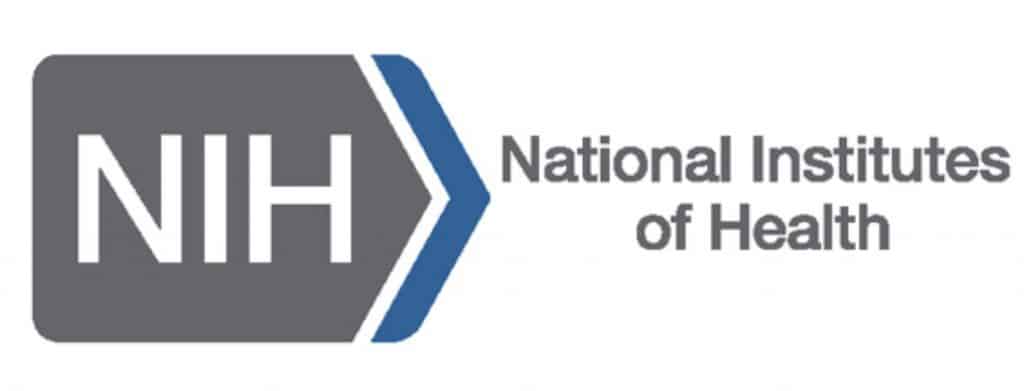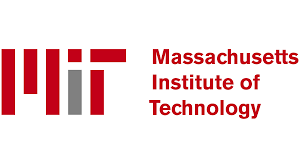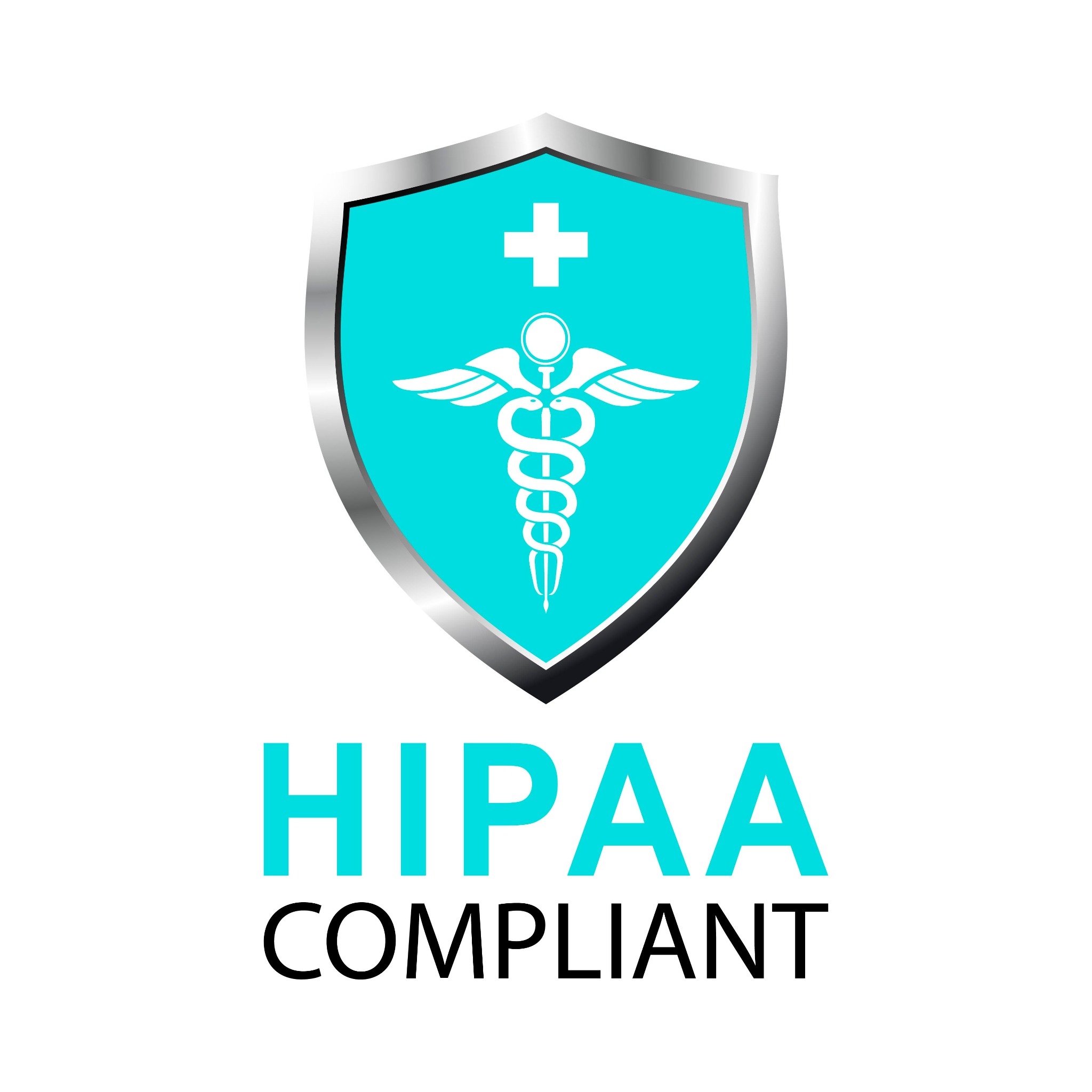Stop Waiting & Start Publishing with
Point-and-Click NGS Analysis & Visualization
What if you could analyze the data from your NGS research on your own? Not waiting on someone else to do it could save you weeks or more, accelerating your time to scientific insight and publication. Just upload your raw files to Basepair and analyze them using industry standard pipelines with absolutely no coding required. You’ll have access to interactive visualizations that make it easy to hone in on the genes you’re interested in and the graphs are publication-ready.
Some of our
Customers









“Implementation was simple. Users didn’t need training. I think I quite literally just said, here’s the website and the login credentials. Go look at it. I mean, it’s extremely easy to use. It’s very intuitive.”
Andrew Hillhouse
Associate Director
Texas A&M Institute for Genome Sciences and Society (TIGSS)

Put Yourself in The Driver’s Seat of Your Lab’s Data Analysis
No Coding Required
Researchers often run into the same fundamental problems. You wait weeks for your bioinformatics core to analyze your NGS data. You wish, of course, that you could do the analysis yourself, but you’re not a bioinformatician. Now you can stop waiting and start analyzing data yourself. Basepair not only has built in displays for QCing your data, it combines all the NGS analysis tools researchers need in a single, straightforward package that does not require any coding. When you discover something interesting, that’s when you can approach the bioinformatics core with an informed question.
Check out our new guide on best practices for quality control and pre-processing of NGS Data.
Beautiful Visuals for Publication in Every Analysis Report
Do you ever wait weeks for analysis results only to get the output in long text-heavy files? At Basepair, we understand how crucial reporting and visuals are to downstream analysis – and what a pain it can be to set up. That’s why we include a host of visual and interactive components as part of the analysis report. In just a few clicks you can download high-resolution graphs (.png and .svg formats) and use them in your posters or papers. And if you need access to all the intermediary files for sharing with colleagues or importing into third party applications, they are all available to you, ready to download.


Enjoy the credibility of open-source tools without the hassle of running them
Analyzing NGS data often involves a disjointed approach using various open-source tools that require multiple pieces of command line software, file conversion between programs, and wasted time waiting for various algorithms to finish. At Basepair, we’ve automated this process and combined multiple tools and steps into one-click pipelines for a multitude of data types spanning genomics (WGS, WES, panels), epigenetics (ATAC-Seq, CUT&RUN, CUT&TAG) and transcriptomics (bulk and scRNA-Seq) applications. At the same time, all of our pipelines are built on highly cited open-source tools so you can be confident in your results and the reproducibility of your work. Check out the breadth of tools available here.
No Need for IT
Don’t get us wrong, it’s not that we don’t like IT teams. We love working with them when more complex implementations are required. However, there are times when we all just want things to work. Basepair’s hosted platform means you don’t have to download software or provision any IT resources to start analyzing your data. At the same time we understand just how critical data security is to you. Our platform is built using state-of-the-art encryption technology and follows dbGaP Security Best Practices for handling genomic data. Moreover, our reporting practices and data storage solutions are fully compliant with HIPAA so you can be confident your data is secure and protected.


Pricing You Can Afford
The potential insights from your research may change the world. But budgets don’t always reflect that. Pay-as-you-go pricing gives you the flexibility to only pay for what you need and pricing starts at just $15/sample for complete analysis and visualization as well as twelve months storage. Have some NGS samples to analyze now?
Case
Study
How MSKCC analyzed 200 NGS samples on Basepair, without a line of code.
Overview
Dr. Omar Abdel-Wahab’s lab at Memorial Sloan Kettering Cancer Center was studying the molecular mechanisms of ASXL2 – a frequently mutated gene in acute myeloid leukemia patients with the AML1-ETO fusion oncoprotein.
Challenge
The lab had 200 NGS samples that had already been sequenced and needed to be analyzed. However, none of the lab members were bioinformaticians, so the lab would have to find an external solution to get their samples analyzed. As is frequently the case, the university bioinformatics core was backlogged. Dr. Abdel-Wahab’s team needed an affordable NGS data analysis solution that would scale to a large number of samples and would be simple enough to use without needing to hire additional help.
Solution
Dr. Abdel-Wahab’s lab used Basepair to analyze their NGS data in just a few hours. Even though the team had never analyzed NGS data before, Basepair’s simple, intuitive interface allowed the team to run 200+ analyses at scale on their samples.
Results
“We first analyzed a few old datasets and Basepair results were as good or better than previous manual analysis. What we liked about Basepair was that they used the best available tools in the analysis pipeline, so the results were high quality and readily acceptable for publication. Basepair even let us deposit the data to the Gene Expression Omnibus with a few clicks.”
The data from the project was used to publish a paper in Nature Communications: ASXL2 is essential for haematopoiesis and acts as a haploinsufficient tumour suppressor in leukemia.
